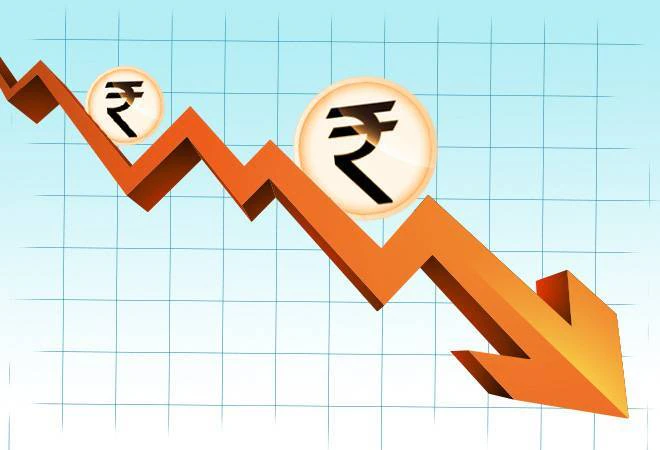Font size:
Print
Every Rupee invested in agri research yields Rs. 13.85: Study
Context:
A recent working paper has revealed that every rupee invested in agricultural research yields a return of Rs. 13.85 which is higher than all other activities linked to farming.
The research paper was published by the National Institute of Agriculture Economics and Policy Research (NIAP), an organisation under the Indian Council of Agricultural Research (ICAR).
More on News:
- Agricultural extension activities give the second-best return on investment at Rs. 7.40 for every rupee invested.
- The pay-off from animal science research is significantly higher at Rs. 20.81.
- For the entire crop science, it is Rs. 11.69.
- Between 2011-2020, Odisha, Rajasthan, Madhya Pradesh, West Bengal, and Uttar Pradesh spent less than 0.25% of their agriculture GDP on research despite having 43% of the country’s net sown area.
- In India, agriculture R&D is “largely public funded”.
- In the same period, the central and state governments contributed 33.8% and 58.5% respectively of their total investment in agriculture R&D.
- The private sector accounted for the rest which is just 8%.
- In the same period, India spent 0.61% of its agri GDP on research, which is about two-thirds of the global average of 0.93%.
How Agricultural research leads to improved crop yields?
- Developing higher-yielding crop varieties: This is achieved through breeding programs that select for traits like increased biomass, larger grain size, and resistance to pests and diseases.
- Improving farming practices and technologies: Research has developed more efficient farming techniques, such as precision agriculture using GPS-guided tractors, improved irrigation systems, and better fertiliser and pest management practices.
- Addressing environmental challenges: Agricultural research is working to develop crops and farming methods that can withstand the impacts of climate change, such as drought, extreme temperatures, and new pests.
- Reducing yield gaps: Research has identified significant “yield gaps” between current farm yields and the maximum potential yields possible with optimal inputs and management.
The agricultural research agencies in India:
- Indian Agricultural Research Institute
- Indian Grassland and Fodder Research Institute
- Indian Institute of Pulses Research
- Indian Institute of Horticultural Research
- Indian Institute of Millets Research
- Indian Institute of Natural Resins and Gums
- Indian Institute of Soil Science
- Indian Institute of Soybean Research
- Indian Institute of Spices Research
- International Crops Research Institute for the Semi-Arid Tropics
Best Practices:
- Regulatory Reforms: Countries like France, Croatia, and the Czech Republic have efficient regulatory processes in agriculture, which have led to higher productivity and improved business climate for farmers.
- These reforms have particularly augmented the production of crops like wheat, maize, sugar beet, and potatoes in these countries.
- Focus on Sustainability and Environmental Benefits: Formulated by the Food and Agriculture Organization of the United Nations (FAO), Good Agricultural Practices (GAP) play a vital role in ensuring sustainable agriculture and safe food production.
- Publicly Funded Research: Public research spending, particularly in the United States, has been highlighted as a key driver of innovation and productivity growth in agriculture.
- Public sector research works on fundamental scientific questions, applied research in areas lacking private sector incentives, and supports high-risk research that may not be commercially viable.
- Yields of major staple crops grown in the United States, such as corn, soybeans, and cotton, have increased dramatically over the past decades.
- Investing in Science and Technology: Science and technology solutions are critical to meeting the growing demand for food, maintaining market competitiveness, and adapting to and mitigating risks.


